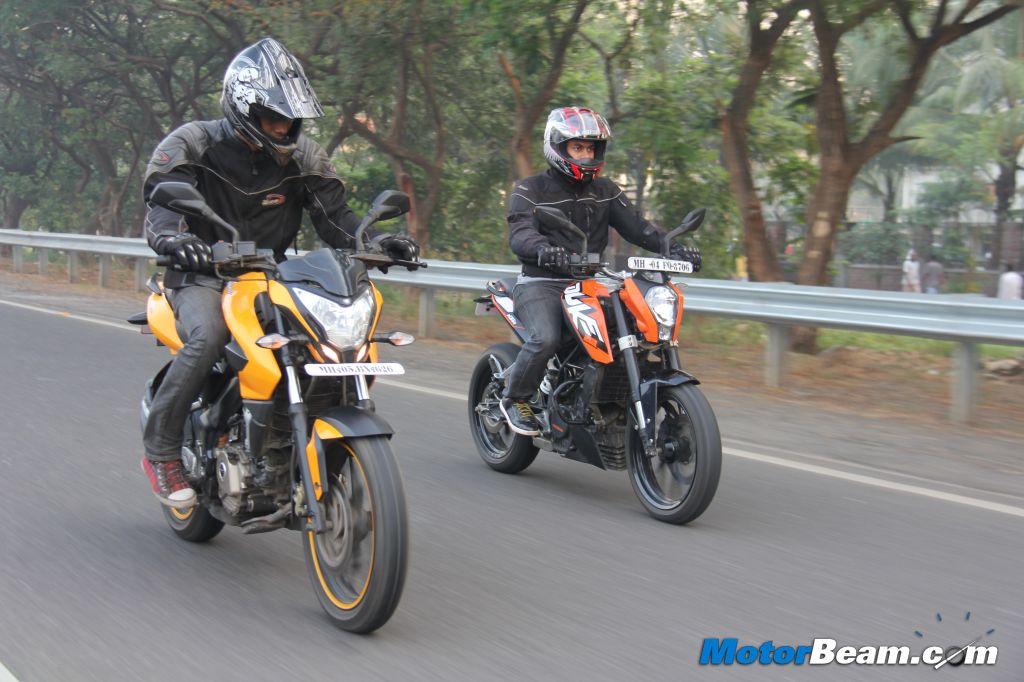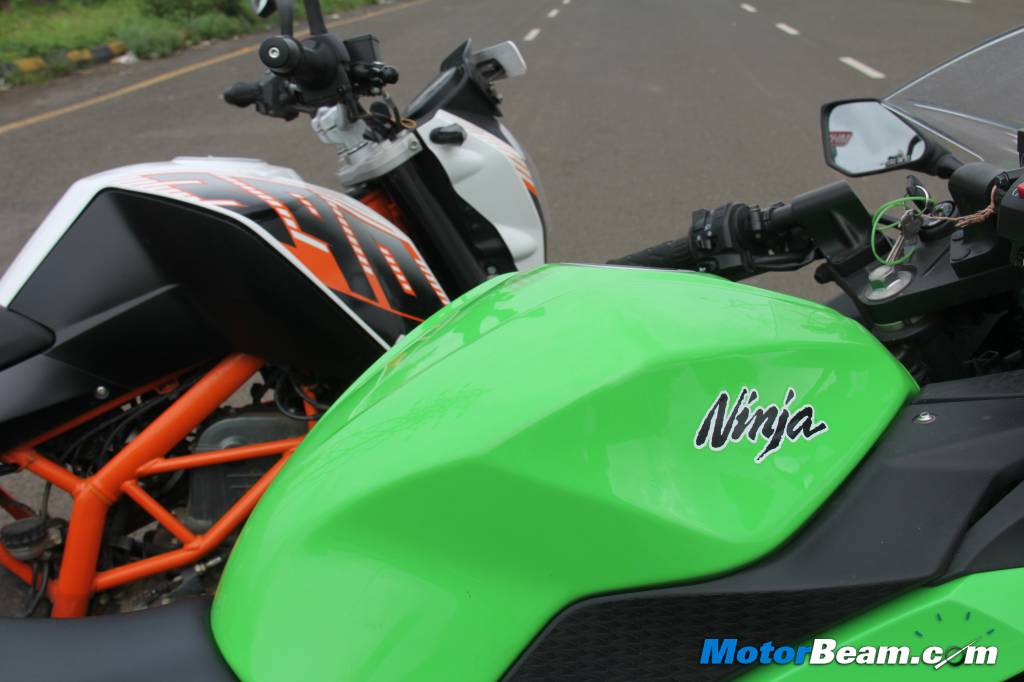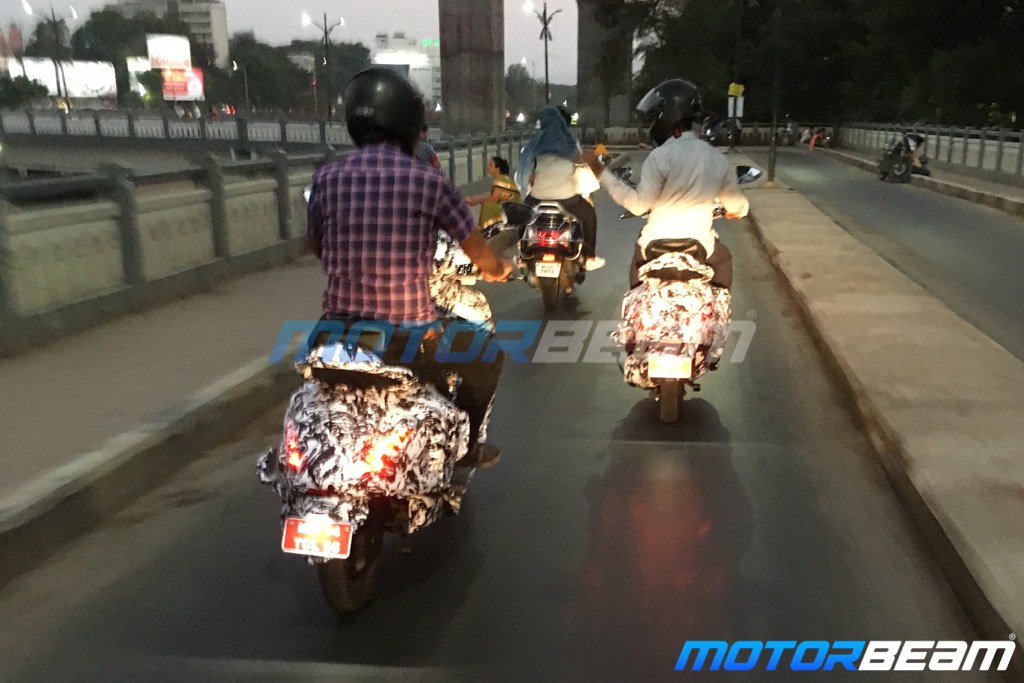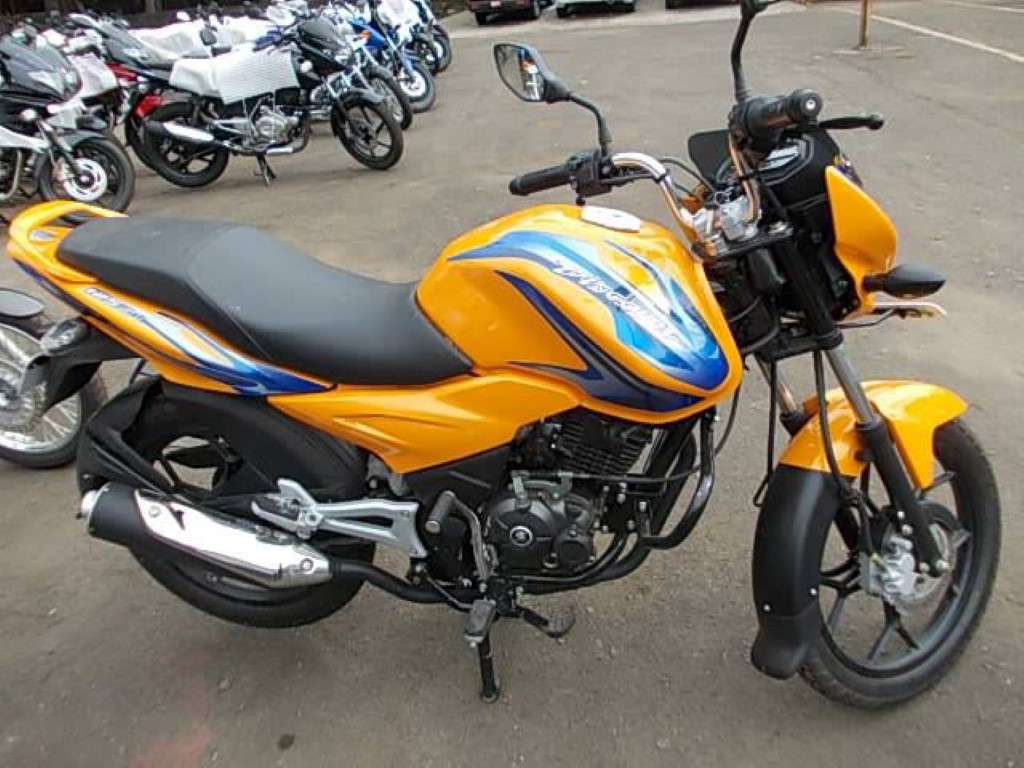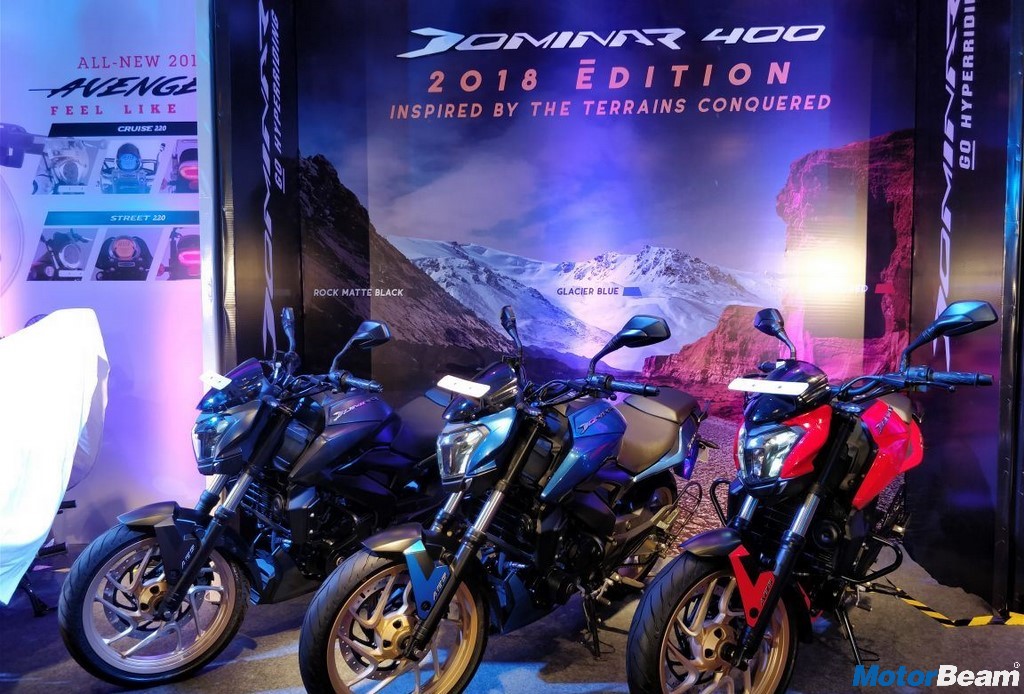Bajaj Auto is betting big on exports as the Indian market is very unpredictable while the depreciating Rupee results in higher profits in export markets. The maker of the Pulsar was targeting 50% volumes from exports and is in the right direction to achieve the same. The problem Bajaj faces is obvious, it has very poor brand presence in developed markets. People in Europe wouldn’t take to Bajaj as easily as people in Africa would. Thus such markets will see poor volumes and not worthy of setting up a dedicated dealership network, this is where Bajaj Auto’s partners come into play.
Bajaj Auto wants to get into both emerging and developed markets. In ASEAN countries (like Malaysia and Thailand) and Brazil, Bajaj plans to sell its bikes through Kawasaki outlets while in the US, Japan, Europe and Australia, it will sell motorcycles through KTM dealerships. Bajaj is selling bikes in Indonesia and Philippines through Kawasaki’s network. Bajaj Auto is India’s largest 2 and 3-wheeler exporter and has established itself very well in neighbouring countries of India and the African continent.
Bajaj Auto has benefitted heavily from its partners, KTM and Kawasaki. While it was Kawasaki initially, it seems now it’s all about KTM. Kawasaki seems to be put on the back burner for Bajaj Auto as KTM brings the profits for the Chakan based manufacturer. Why on earth does a Rs. 2 lakh bike have ABS as standard while a Rs. 4 lakh bike isn’t offered with ABS because of cost reasons? Clearly Bajaj Auto’s interest in selling Kawasaki bikes in India isn’t of prime importance. After all, the major reason for Kawasaki to be in an alliance with Bajaj Auto is for getting a direction of what to do from an experienced player but that doesn’t seem to be happening for the Japanese firm.


